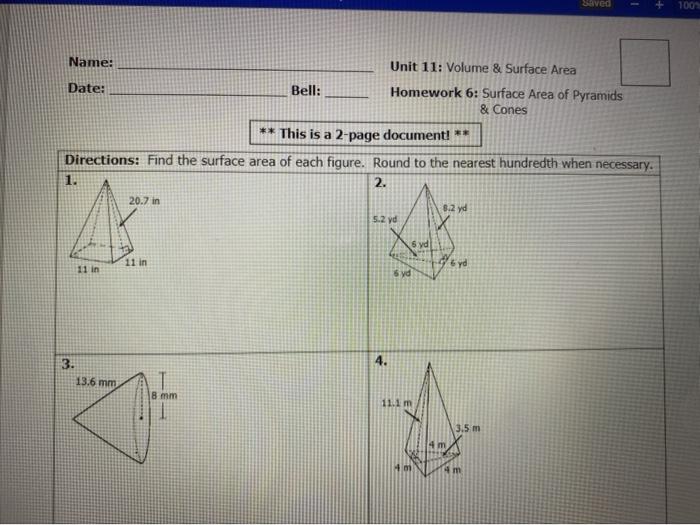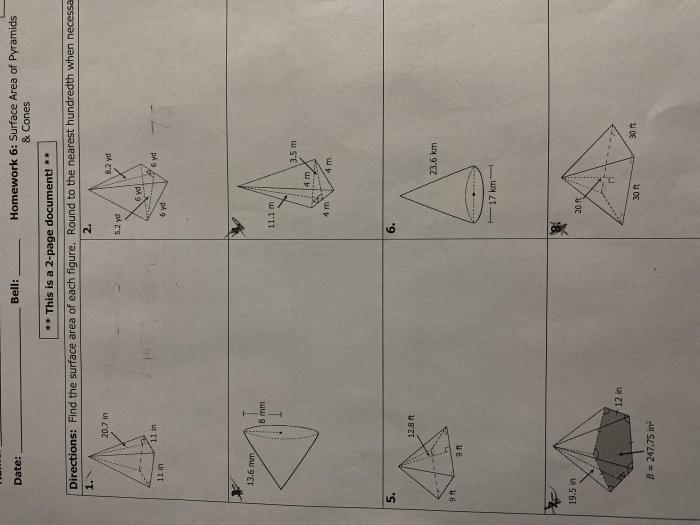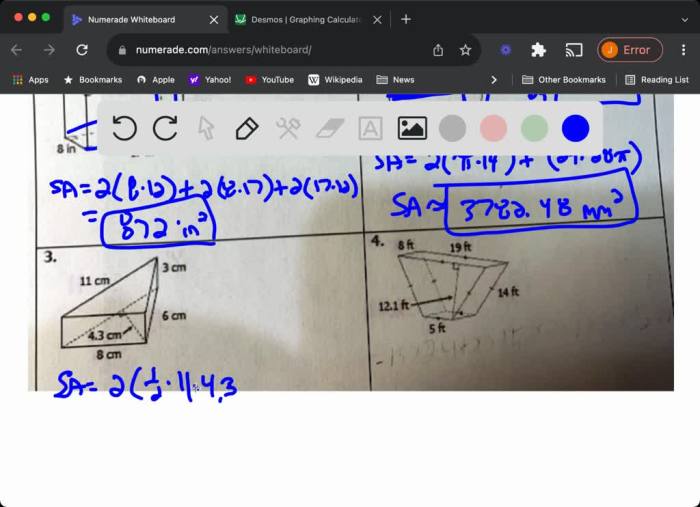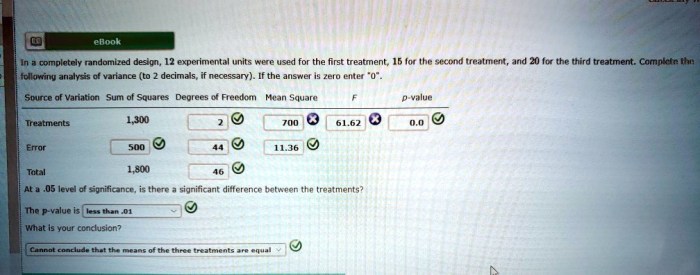Unit 11 Volume and Surface Area Answers provides an extensive examination of the fundamental concepts and applications of volume and surface area, empowering readers to grasp these critical geometric measurements with confidence.
Delving into the intricacies of volume and surface area, this guide elucidates their formulas, explores their real-world applications, and unravels the captivating relationships between them. Through a blend of theoretical explanations and practical examples, readers will gain a comprehensive understanding of these essential geometric concepts.
Volume and Surface Area Basics

Volume and surface area are two fundamental concepts in geometry that are used to measure the size and shape of three-dimensional objects. Volume measures the amount of space occupied by an object, while surface area measures the total area of its surfaces.
The formulas for calculating volume and surface area for different shapes are:
- Cube: Volume = s³, Surface Area = 6s²
- Sphere: Volume = (4/3)πr³, Surface Area = 4πr²
- Cylinder: Volume = πr²h, Surface Area = 2πrh + 2πr²
- Cone: Volume = (1/3)πr²h, Surface Area = πr² + πrs
Applications of Volume and Surface Area

Volume and surface area are used in a wide variety of real-world applications, including engineering, architecture, and design.
In engineering, volume and surface area are used to calculate the amount of material needed to construct an object, as well as to determine its strength and stability. In architecture, volume and surface area are used to design buildings that are both aesthetically pleasing and functional.
In design, volume and surface area are used to create objects that are both visually appealing and practical.
One example of how volume and surface area are used to optimize efficiency is in the design of heat exchangers. Heat exchangers are devices that transfer heat from one fluid to another. The efficiency of a heat exchanger is determined by the amount of heat that can be transferred per unit of time.
By increasing the surface area of the heat exchanger, the amount of heat that can be transferred per unit of time can be increased.
Relationships between Volume and Surface Area

The relationship between volume and surface area for different shapes can be used to solve a variety of problems.
For example, the relationship between volume and surface area for a sphere can be used to determine the radius of a sphere with a given volume. The relationship between volume and surface area for a cylinder can be used to determine the height of a cylinder with a given volume and radius.
The relationship between volume and surface area can also be used to optimize the design of objects. For example, the relationship between volume and surface area for a heat exchanger can be used to determine the optimal surface area for a given volume.
Common Queries: Unit 11 Volume And Surface Area Answers
What is the formula for calculating the volume of a rectangular prism?
Volume = length × width × height
How can I calculate the surface area of a cylinder?
Surface Area = 2πr(r + h)
What is the relationship between the volume and surface area of a sphere?
Volume = (4/3)πr³, Surface Area = 4πr²



